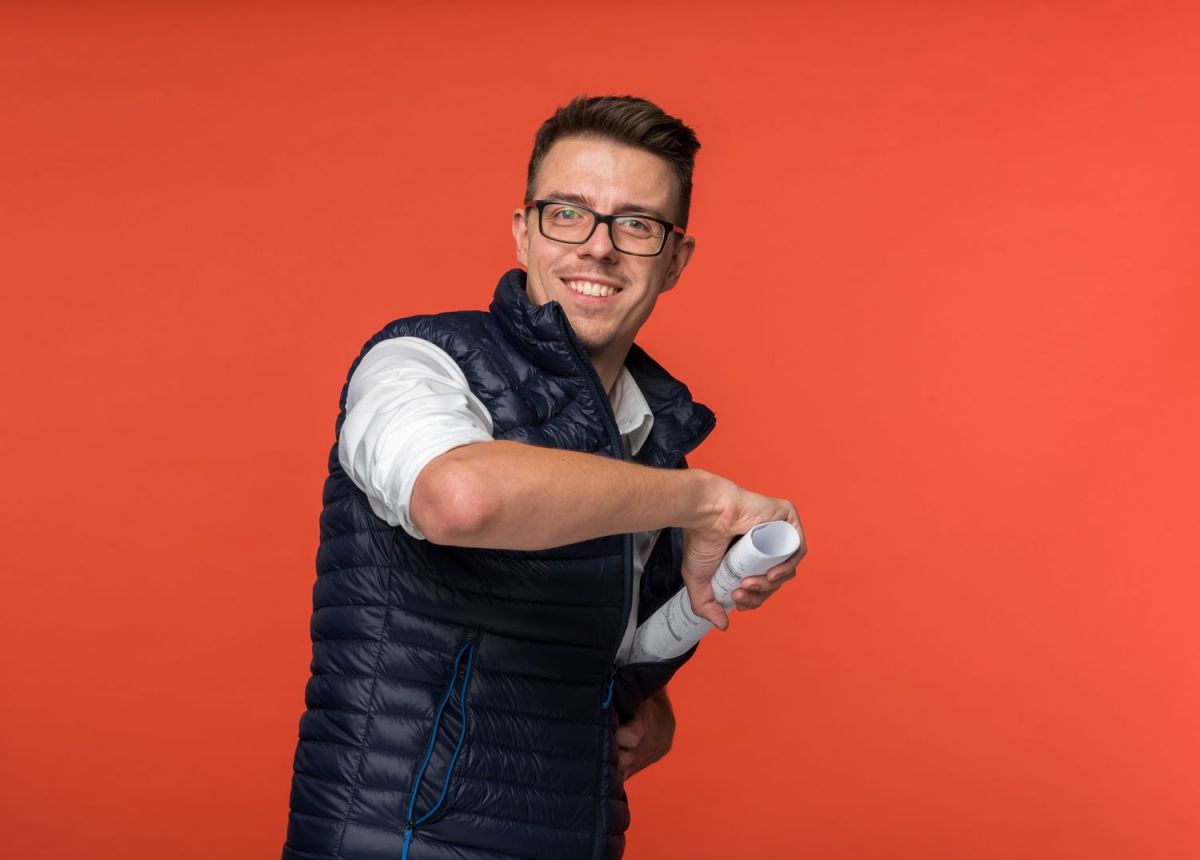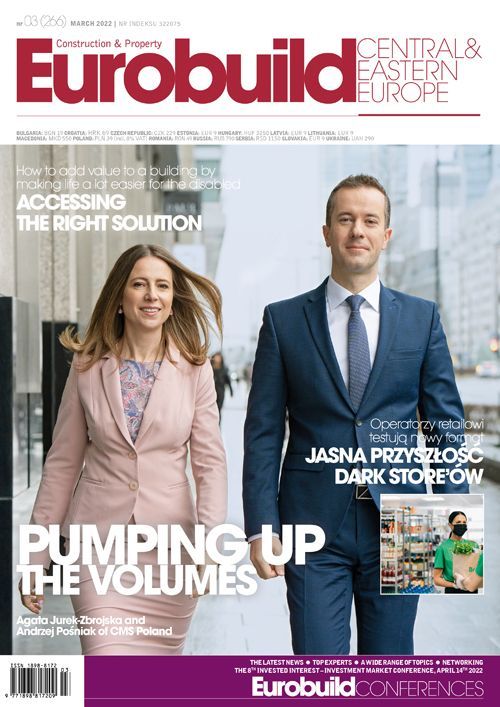New buildings need to be accessible to everyone – no one disagrees with this, but what more can architects and property managers do to improve the access to their properties? Firstly, they have to educate. This is something that Fundacja Integracja [the Integration Foundation] knows full well, as it is the body that issues the ‘Buildings Without Barriers’ [‘Obiekt bez barier’] certificate in Poland and that assists investors, developers and design firms in applying the appropriate measures. “Five years ago, we worked with Fundacja Integracja to create universal construction standards, believing that they would be an inspiration to architects, designers and developers as well as lawmakers in Poland,” recalls Anna Marciniak, the HR and administration director for the CEE region of Skanska’s office division. “Our collaboration resulted in the ‘Switch’ advisory booklet, which outlines the problems that the disabled can encou































































